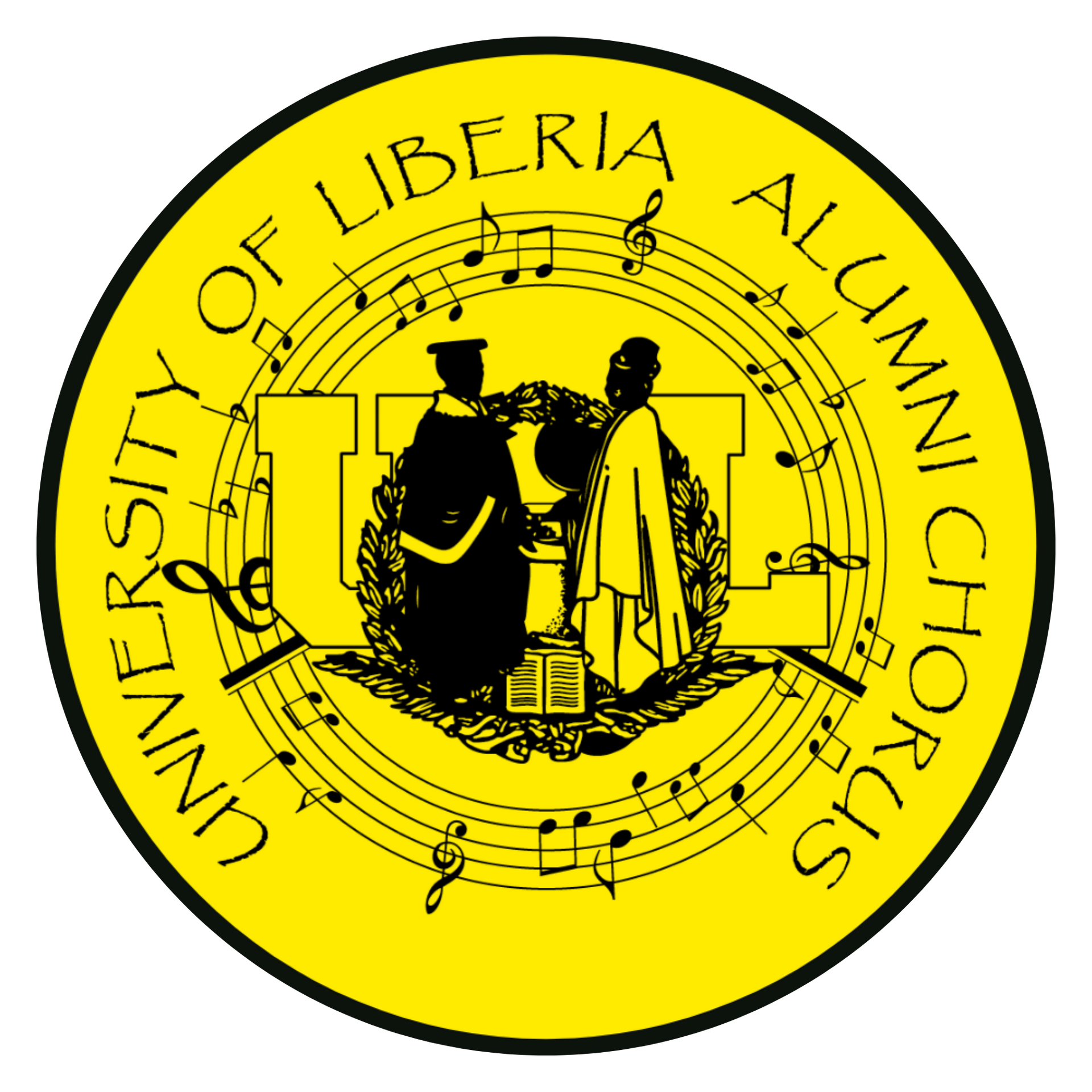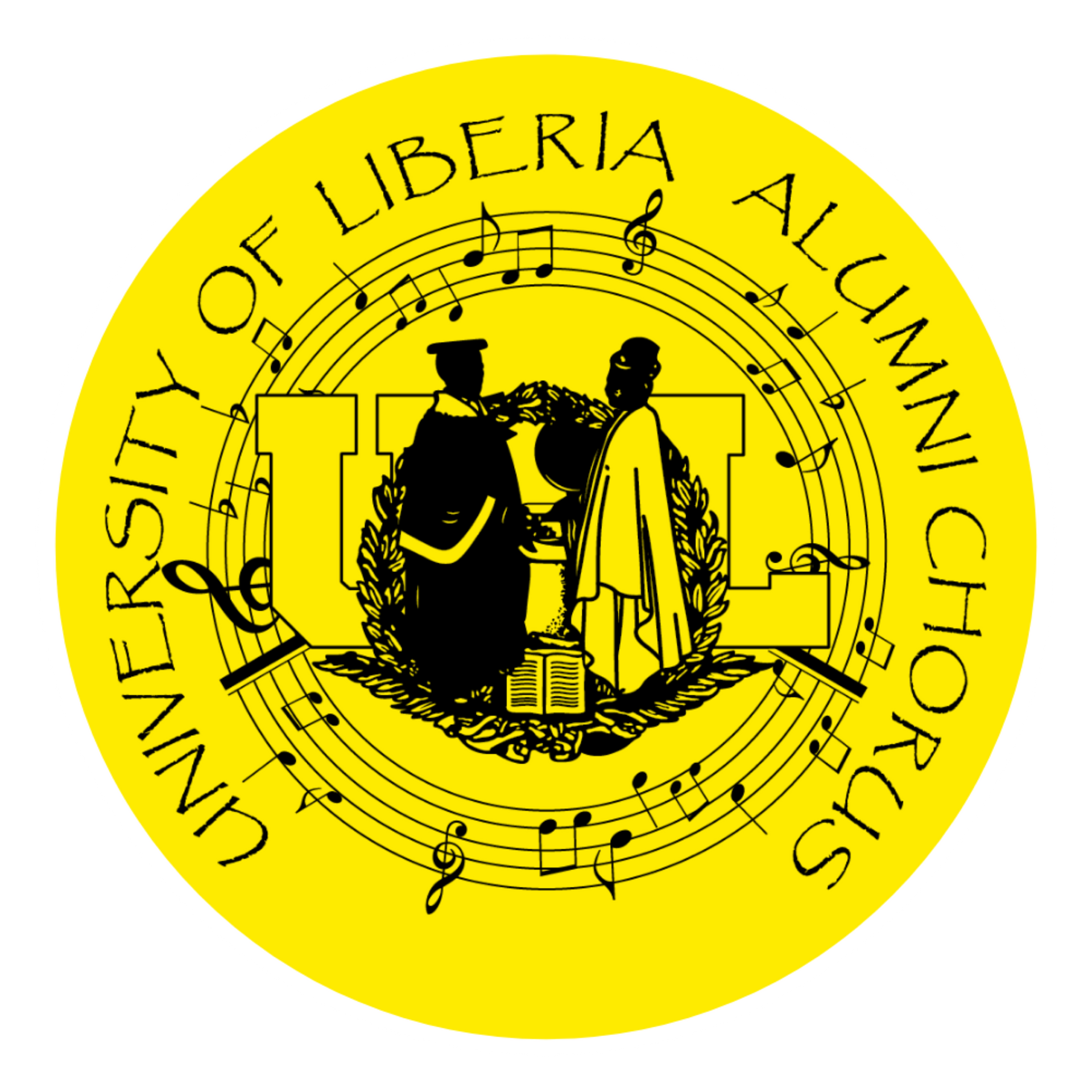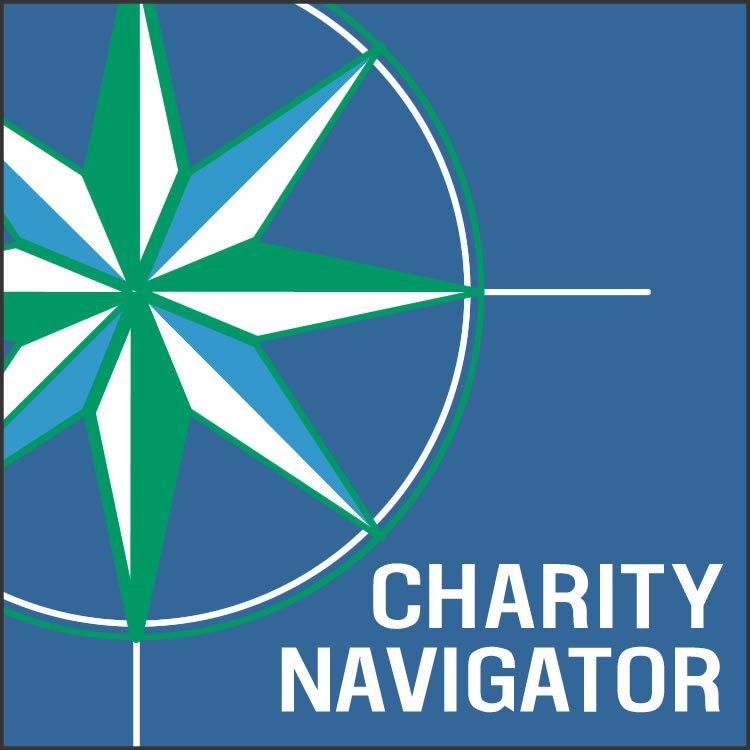University of Liberia
Welcome to the
University of Liberia
Liberia, West Africa
Established 1851
Visit our website!
LEARN MORE
The University of Liberia
History of the University of Liberia
The University of Liberia was founded in 1862 as Liberia College and became a full University in 1951. It is a public institution funded mainly by the Government of Liberia. The University now has four campuses: Capitol Hill, Fendall, Medical School Fendall, and Starz-Sinji campus located in Sinji, Grand Cape Mount County.
During its early formative years, financing for Liberia College was provided by the New York Colonization Society and the Trustees of Donation for Education in Liberia (TDEL), both were United States based organizations. The donations laid the cornerstone and financed the first building on January 25, 1858.
Beneath this effort was the belief that the “Republic of Liberia ought to have within itself the means of educating its citizens for all the duties of public and private.” Against this background, Professor Simon Greenleaf, the Harvard College Law Professor, who drafted Liberia’s Independence Constitution in 1847, led the effort to establish Liberia College.
In 1862, the first President of the Republic of Liberia, Honorable Joseph Jerkins Roberts, was inaugurated as the first President of Liberia College. Working with two professors, Rev. Alexander Cromwell and Professor Dr. Edward Wilmot Blyden, President Roberts opened the doors of Liberia College in February 1863 to seven students.
However, for most of the next 90 years, the college had to struggle to overcome numerous obstacles to maintain its existence and integrity. As the sovereignty of the Liberian State remained challenged, so was uncertainty about the survival of Liberia College. The college was forced to close its doors on at least three separate occasions during this period. The Liberian State and the college managed to survive, however graduates were few, but the role that the leadership of the college played in Liberian society was significant, as were the contributions of its graduates.
Philanthropists, beginning with the Trustees of Donation for Education in Liberia, provided a welcome, but limited resource for the college until the Tubman era (1943-71), when financial resources became available to the Liberia State, following the successful cultivation of rubber and the discovery of iron ore deposits in Liberia. Favorable prices for these commodities in the 1950s raised Liberian public sector revenues more than eight fold in a decade.
The effects on the larger society of the resulting favorable terms of trade monetized a hitherto barter economy, leading to phenomenal public sector growth. That growth resulted in higher demand in the public sector for managerial and technical labor. Further, the need for capacity in the technical positions established in the new sectors caused the Liberian Government to appreciate the need for higher education through a national university
UNIVERSITY MISSION
“TEACHING, RESEARCH AND COMMUNITY SERVICE”
To prepare well qualified men and women for teaching, research, public, and private service, and to contribute to the achievement of the Millennium Development Goals for sustainable human development.
THE VISION
An independent institution of higher education where academic excellence thrives in the search of truth and knowledge; where research and teaching are cherished and promoted; where a high premium is placed on academic freedom of creative thinking “out of the box” in a scholastic environment where outstanding students and researchers from Liberia, and around the world are continually challenged and inspired to do their best possible work.
CORE VALUE
Excellence
Autonomy
Truth and Knowledge
Discipline
Creditability
Transparency
Accountability
Current Make-up
The University of Liberia has 7 colleges, 4 graduate programs and 3 professional schools. Colleges at the University of Liberia include – College of Social Sciences and Humanities (Liberia College), College of Business and Public Administration, College of General Studies, T.J.R. Faulkner College of Science and Technology, William V.S. Tubman Teachers College, William R. Tolbert, Jr. College Agriculture and Forestry, and Straz-Sinje Technical and Vocational Middle College.
The graduate programs include – Ibrahim B. Babangida Graduate Program in International Relations (IBB), Graduate Program in Regional Planning (GPRP), Graduate Program in Educational (GPED), and Graduate Program in Business and Public Administration (MBA/MPA).
The professional schools are Louis Arthur Grimes School of Law, A. M. Dogliotti College of Medicine, and School of Pharmacy. The University of Liberia also has the Kofi Annan Institute of Peace and Conflict Transformation, the Institute of Population Studies and the Confucius Institute.
Global Objectives of the University of Liberia
The General strategic plans for the five undergraduate colleges, three professional schools, five graduate programs and all the administrative and support departments of the University to guide its way forward through the 21st Century are summarized below:
a. Create a framework for devising new academic programs, centers and institutes in response to the post-war challenges in Liberia;
b. Examine the Long Range Plan of the University by comparing it with realities of the transitional period with the view of updating it to an implementable program for the relocation of the University to its Fendall Campus by the Year 2011;
c. Review the current resource support and input arrangements by identifying sources and means of supporting the University through workable mechanisms;
d. Review the current framework of the administration of the Graduate Programs by reassessing their structures and relationship to the existing colleges with the goal of organizing a new, graduate administrative structure;
e. Review the Charter of the University and recommend changes in the purview of the postwar needs of the country; and
f. Review the current scope of regional and international cooperation in order to recommend new institutional arrangements, in the context of current, global trends and needs of the University.





